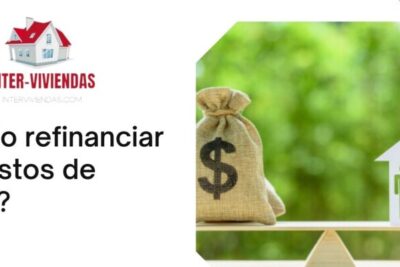Today I am going to share with you a very important topic when it comes to buying a house : What is the loan-to-value ratio?
Once you ’re serious about buying a home or refinancing your current mortgage , you’ve probably heard the term “loan-to-value ratio” mentioned by your lender. What is this ratio and how does it affect your mortgage ?
Loan-to-value ratio defined
The loan-to-value ratio, also known as the loan-to-value ratio, calculates the relationship between the mortgage loan and the value of the property . To find your LTV, divide the loan amount by the appraised value of the underlying property . Generally speaking, the lower the ratio, the better the mortgage terms and interest rates .
For example: You find a home worth $300,000. You could put $75,000 down and leave a loan balance of $225,000. Divide the loan balance ($225,000) by the value of the home ($300,000) and you get .75, or 75 percent. This means you can get a loan for 75 percent of the appraised value of the home, and with your down payment you’ll have 25 percent ownership of the home.

How your LTV affects your mortgage
Lenders like lower loan-to-value ratios because it means the borrower has more skin in the game. If borrowers pay more to buy , they lose more if they miss a payment and go into foreclosure. Also, with more equity or ownership, a borrower can more easily sell the property to pay off the mortgage if they get into trouble. Both of these factors reduce risk for the lender and provide lower interest rates for the borrower.
A lower lifetime value can help mitigate other negative risks of your application. For example, if your credit is less than perfect, making a larger down payment will reduce your lifetime value and give you a better interest rate than you would otherwise have.
Additionally, if your loan-to-value ratio is 80% or higher, you’ll need to pay private mortgage insurance (PMI) until your LTV falls below this limit. PMI can add hundreds or even thousands to your mortgage bill each year. Setting aside at least 20% for a down payment is ideal to get the best interest rate and avoid costly PMI.
Of course, many mortgage programs don’t require an 80% LTV. Government-guaranteed loans are known for their high loan-to-value ratios. FHA loans allow loan-to-value ratios as high as 96.5%, while VA and USDA mortgages can come with 100% or no down payment. Traditional non-government loans typically have stricter loan-to-value ratio requirements. Jumbo loans, mortgages on investment properties, and cash-out refinance loans also have much lower loan-to-value ratio tolerances.
Lower LTV
If you can’t save more money yourself, there are other ways to lower your loan-to-value ratio. You can apply for a grant from a family member to increase your down payment. You can also take out a first and second mortgage at the same time , also called a combined loan or blended loan. Once you buy the home, you can let the market lower your LTV through simple price appreciation. Or you can save a lot and reduce the single principal payment on the loan.
The LTV rate is crucial in deciding whether you can get a mortgage and what terms you will get. Keeping your LTV as low as possible will help you get the best mortgage deal.
If you have any questions about mortgage financing, call us today at 703-941-4022. We are always happy to answer your questions, we hope that this term in the world of housing has become clear to you ,





